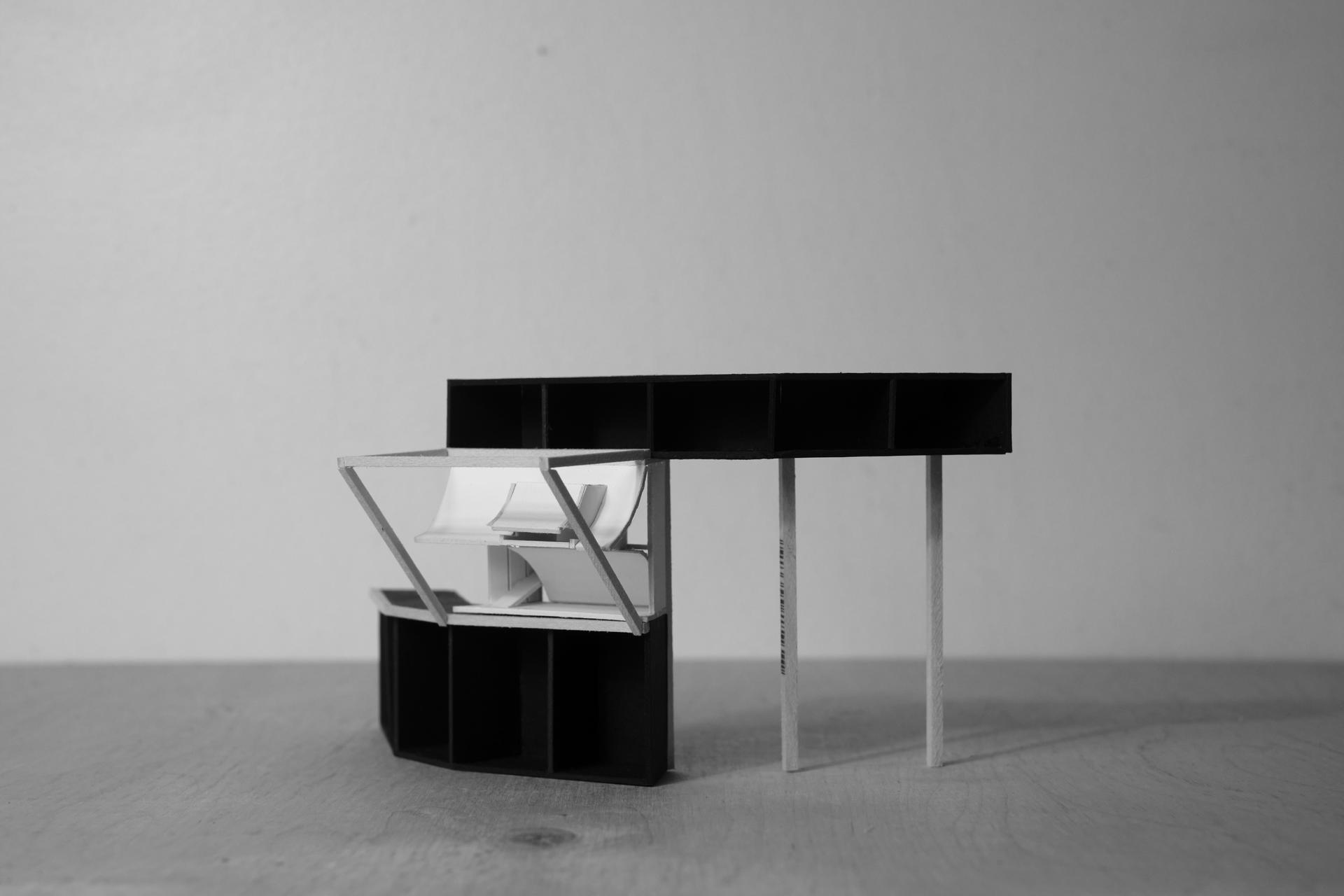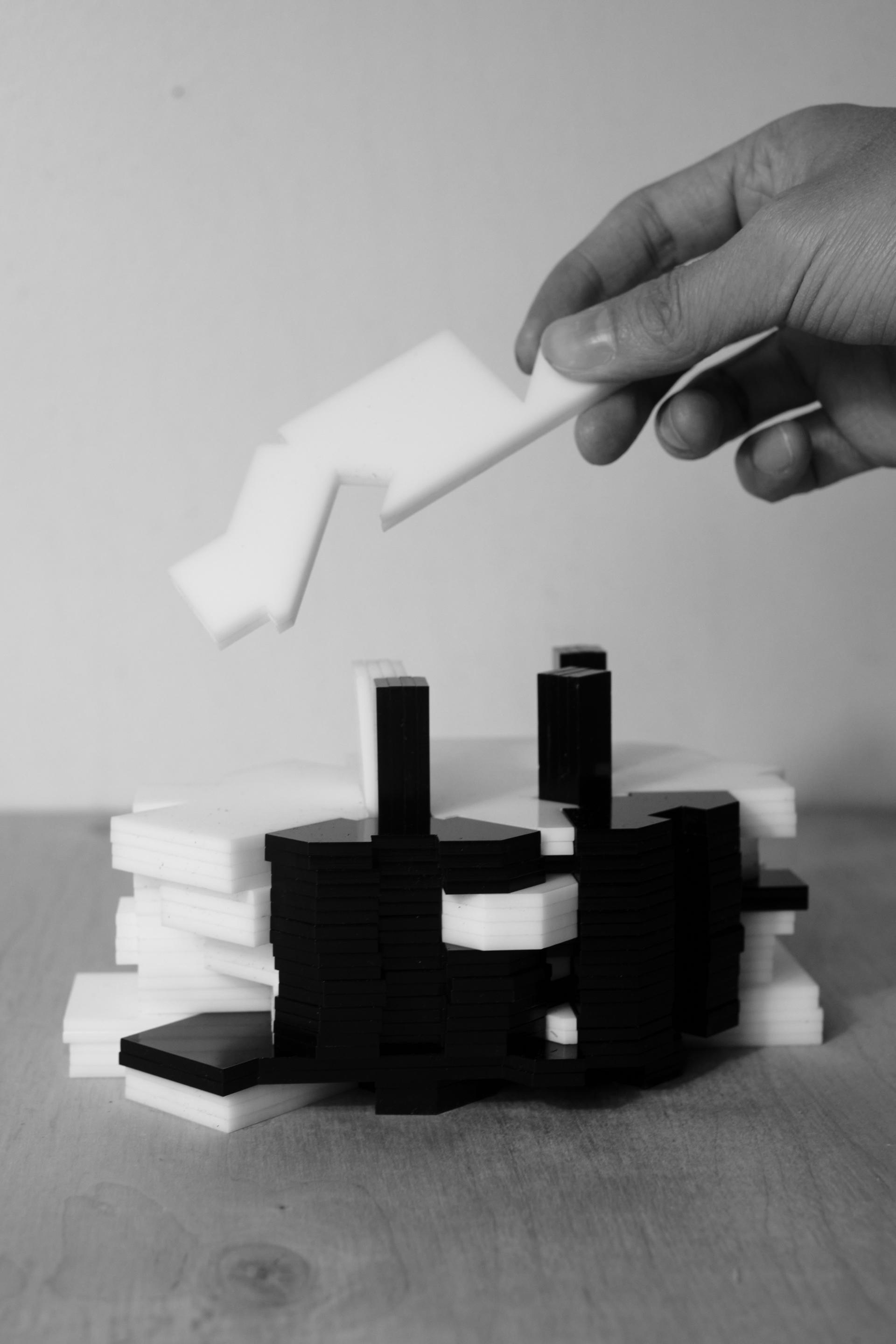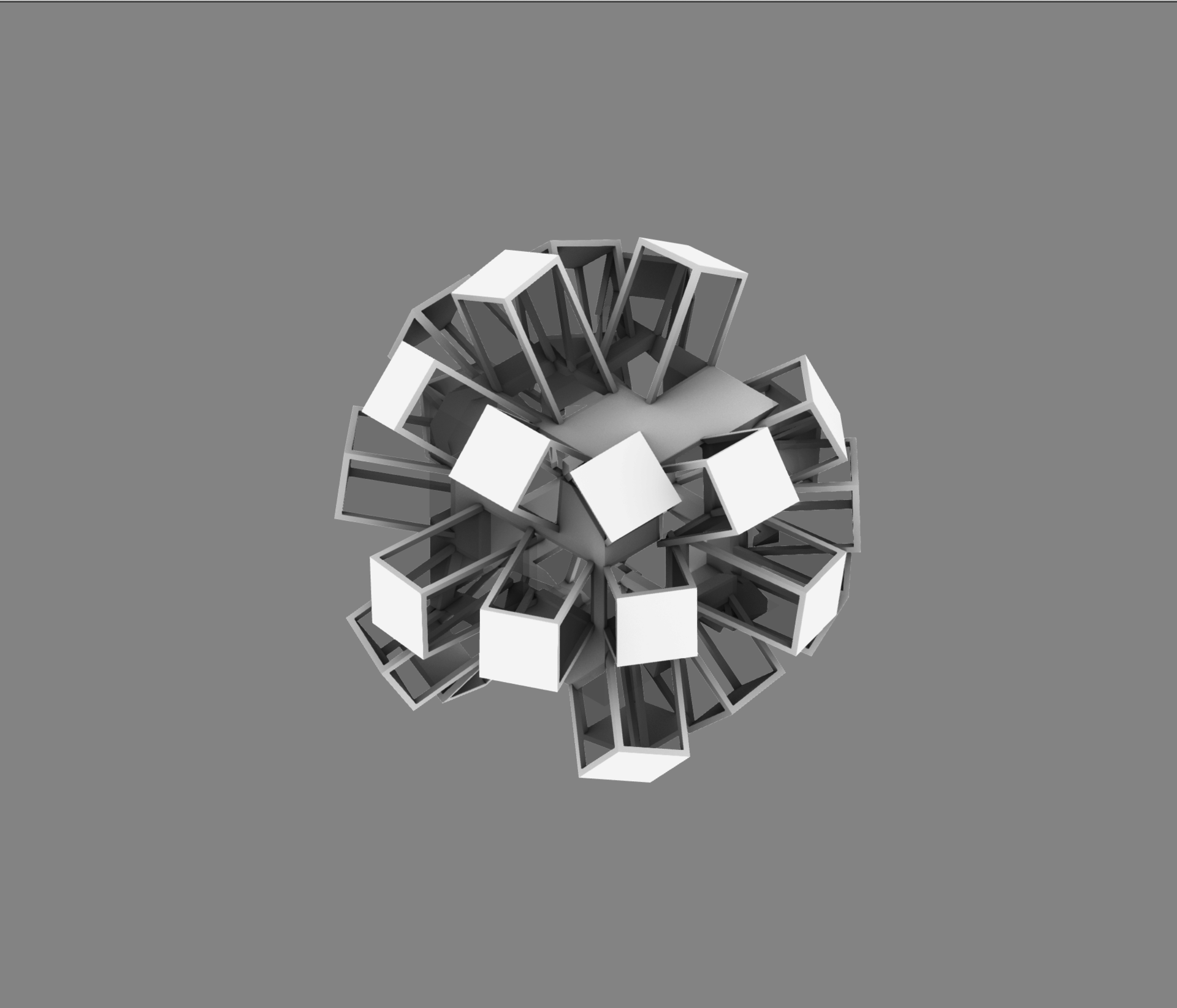Stanley H. Ni
Post-Standardization
The epistemological ground for Post-Standardization is the pursuit of a humanitarian and egalitarian Utopia.
Marx notoriously argues that the economic Base determines the Superstructure. Objecting to Marx’s deterministic categorization, Post-Standardization brings together the Base and the Superstructure, where social housing and cultural institutions (e.g., museums and libraries) amalgamate. In the context of this thesis, “social housing” is the Base, denoting a specific typology of this architectural category: social housing projects utilizing Standardized Prefabricated Architecture (abbreviated as SPA in the following); “cultural institutions” are the Superstructure, denoting such institutions that require little sunlight and produce little noise (termed as Dim-Quiet Programs or DQP).
Reflecting on architectural history, SPA provided the perfect solution to the post-WWII explosion of the population globally. While it is a magic wand for policymakers to solve the housing crisis, its standardization has caused social, cultural, and political problems in cities for the monotonous visual effects it generates – in most cases, such monotonousness equals a taken-for-granted form of minimalism, which in turn shows the project’s ignorance of the culture and history of the site. And in the course of urban development, the mono-functionality (i.e., with its one and only function being the residency) of these housing projects has gradually led to their inability to meet the diverse needs of their residents, resulting in such projects’ short lifespans and desperate needs for renovation.
Echoing the Chinese government’s 2020 policy to build more social housing, alleviate the housing crisis, and promote SPA technology in residential projects there, this thesis, Post-Standardization, is a critique of the existing typology of SPA in social housing projects. While contemporary architects often incorporate commercials and other public programs on the lower floors of residential buildings, there still are many architectural opportunities in the spaces in between these standardized residential units for them to explore. Such spaces create the potential for DQP to fit in. Instead of directly decorating the SPA units with cultural motifs, incorporating DQPs that suit the lifestyle and cultural background of the site deepens the humanitarian consideration of the project. This incorporation creates a symbiosis between the Base and the Superstructure, the social housing, and the DQPs in between. These two typologies not only share the budget but also compensate for their different functional and structural requirements – the residential section receives enough sunlight and the intersection of the two economizes on the expense of building façades. One way of understanding this symbiosis could be that the façade of the cultural architecture, which usually costs a lot for the exhibitionistic and monumental nature of such architecture, is substituted by social housing units, which in turn make the cultural architecture more iconic in a humanitarian sense, fulfilling its need for exhibitionism.
On the one hand, social housing units make the DQPs more accessible and egalitarian than cultural architecture projects with huge budgets. On the other hand, DQPs give the social housing an identity that is deeply related to the culture and historical background of the site. By challenging the existing social housing typology where residential units and other programs are separated, this thesis attempts to amalgamate the two, advocating a synthesis that is more economic, functional, and humanitarian.
Image

Conceptual Model 1
Social Housing Complex
In 2021, MAD Architects finished their first social housing project in China, Baiziwan Social Housing. They later released a manifesto called le residentiel réinventé, calling for more involvement of leading architecture firms in China’s social housing campaign. This thesis proposes a symbiosis among social housing and Dim-Quiet programs, setting new design guidelines for social housing complex.
Image

Conceptual Model 2
Symbiosis
The symbiosis among the social housing and Dim-Quiet programs (abbreviated as DQP) is not just spatial but also financial and cultural. By incorporating the DQPs into social housing, the project receives larger budget and provide more accessibility to cultural institutions for residents.
Image

Panels Reinterpreted
Prefabricated Panels
Post-Standardization advocates the technology of standardized prefabricated architecture. While in social housing, repetition saves money and demonstrates equality among residents, in DQP the panels are used to generate the geometry that fits the program.
- Architecture
- Ceramics
- Design Engineering
- Digital + Media
- Furniture Design
- Global Arts and Cultures
- Glass
- Graphic Design
- Industrial Design
- Interior Architecture
- Jewelry + Metalsmithing
- Landscape Architecture
- Nature-Culture-Sustainability Studies
- Painting
- Photography
- Printmaking
- Sculpture
- TLAD
- Textiles
